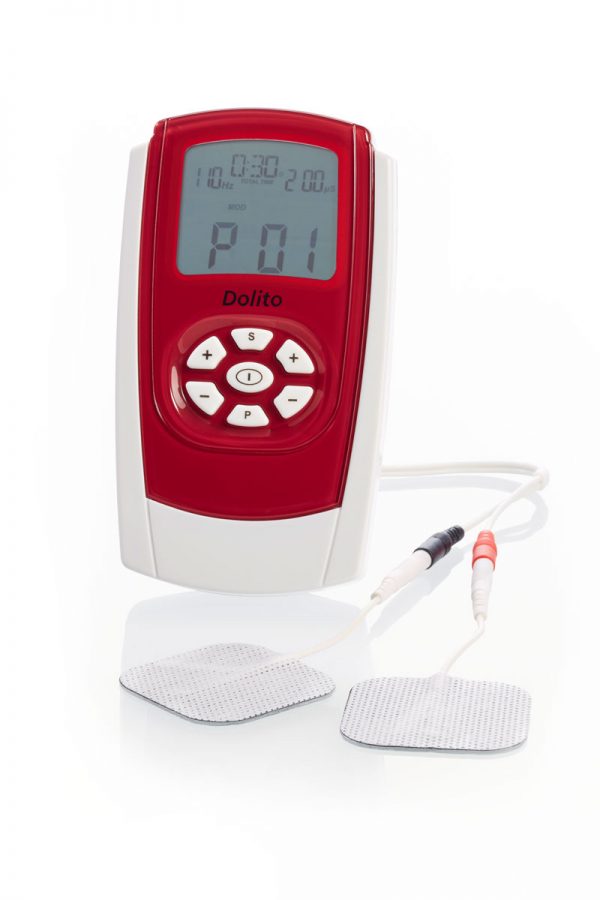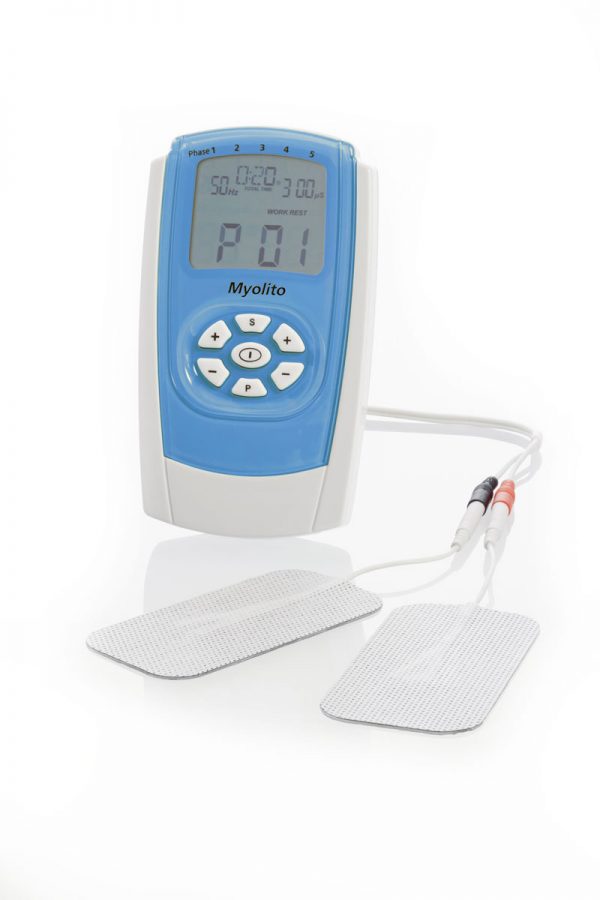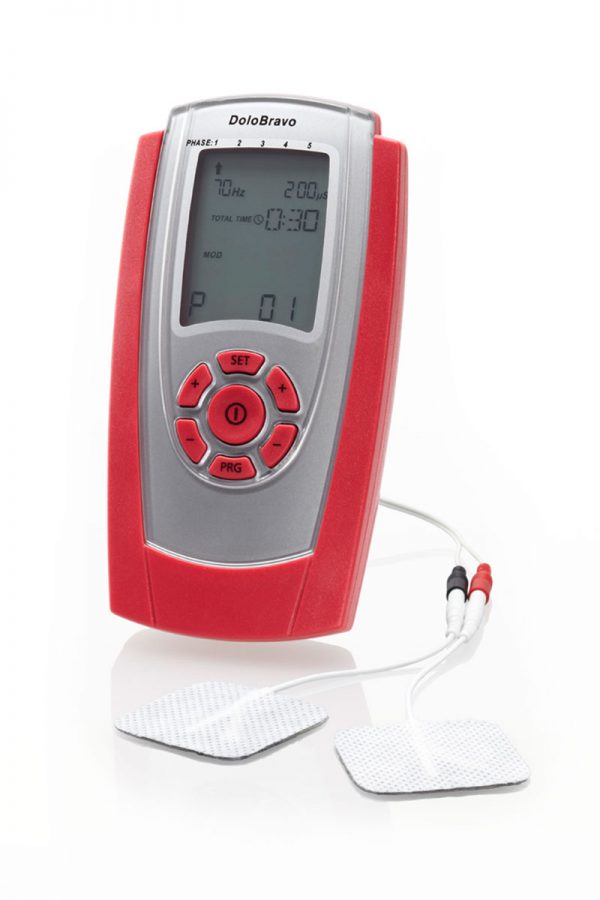Pain is a meaningful warning signal that our body provides us. It alerts us to physical problems and protects us from harmful influences. Continuous pain pain is uncomfortable and must be treated.
The first treatment for pain reduction using electrical current was carried out around 2500 BC in Egypt. At that time they used electric sheatfish for the treatment of pain relief. The results obtained from this treatment were quite astonishing bearing in mind that science concluded the physiological basis for this treatment in the 19th century.
The Gate-Control Theory which was first published by Melzack and Wall in the 20th century formed the basis for the neurophysiological understanding and the first treatment of pain relief with the aid of highly frequenced TENS as it is applied today. TENS as a scientifically recognised method for pain relief therapy is a suitable aid for pain for many doctors. The stimulating electrical current impulses being produced by the stimulator is transferred from the electrodes to the skins nerve fibres. The effect of pain relief begins at the start of the application and also usually continues after the stimulation period has been completed. This achievement is due to two different mechanisms:
Gate-Control-Effect:
The pain is transferred over the nerve fibres from the body to the brain. Where the pain is perceived. By stimulating the nerves the stimulator prevents further transmission of the pain signals to the brain. The pain sensation can so be eased or inhibited.
Beta-endorphins-release:
The TENS-therapy stimulates the synthesis and release of beta-endorphins. Beta-endorphins are bodily synthesized peptides, which have a similar effect as morphine for pain relief, but without the side effects of morphine (e.g. breathing depression).
TENS is available in three different treatment modes.
1. Continuous Tens (CONT):
Electrical impulses are exchanged between the electrodes continuously. They block the transmitting nerve bands. This is the traditional treatment and it is possible that the body gets used to the stimulus. The effect therefore subsides in cases of prolonged treatment.
1a: A special kind of continuous mode is named Dense-Disperse-Stimulation (CONT + BURST) according to Prof. Han. The permanent alternation of frequency between 2 Hz and 100 Hz within a few seconds (2-4 secs.) raises the output of different analgesic substances.
2. Modulated Tens (MOD):
By changing the parameters (frequency, pulse width and/or intensity) regularly and automatically, the sensation of an increasing and decreasing current is produced. Therefore the body will adapt distinctly delayed to the electrical impulses.
3. Burst (BST):
9 impulses with a set frequency and pulse range, twice per second are emitted. This artificially produced frequency of 2 Hz is able to increase the production of the bodies own endorphins and therefore relieve pain in a more natural way.




